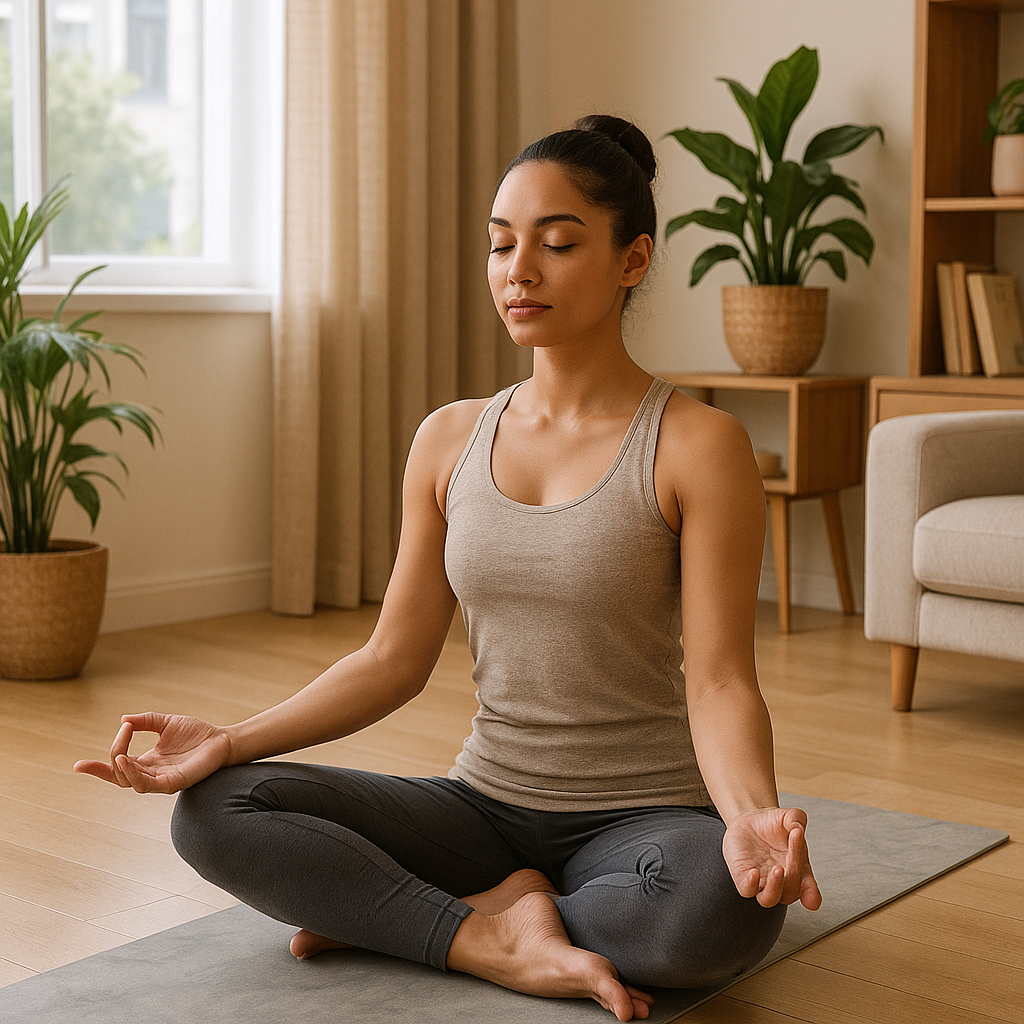In today’s fast-paced world, the concept of “lifestyle” has evolved beyond material comfort and surface-level aesthetics. It encompasses the habits, routines, values, and choices that define how we live each day. Whether it’s what we eat, how we spend our time, or whom we spend it with, lifestyle plays a crucial role in our physical health, mental wellbeing, and overall satisfaction with life.
Yet, with the constant demands of work, the lure of digital distractions, and the pressure to keep up with societal expectations, many find themselves overwhelmed, burnt out, or disconnected. The key to a fulfilling lifestyle lies in one simple but powerful word: balance.
The Digital Dilemma
Technology has brought many benefits—convenience, connection, and infinite sources of information. However, it’s also blurred the lines between work and rest. Many of us start our mornings with notifications and emails, only to end the day scrolling through social media or watching endless reels. The “always on” culture can lead to mental fatigue and a diminished ability to focus.
Finding balance here involves intentional disconnection. That might mean digital detox hours, screen-free mornings, or the use of tools that limit screen time. By being mindful of how we interact with technology, we can reclaim our time, attention, and peace of mind.
Nutrition as a Lifestyle Choice
Our food choices are a direct reflection of our lifestyle. In an era of convenience foods and fast deliveries, it’s easy to neglect the importance of nutrition. However, the benefits of a balanced, wholesome diet extend far beyond physical health—they impact mood, energy levels, and even cognitive function.
Adopting a lifestyle that values mindful eating doesn’t mean following a strict diet. Instead, it means listening to your body, understanding what fuels it best, and avoiding extremes. Whether it’s choosing local produce, cooking more at home, or practicing intermittent fasting, small adjustments can lead to lasting change.
The Role of Movement
You don’t need to be a gym enthusiast or marathon runner to embrace physical activity as part of your lifestyle. Movement in any form—walking, dancing, stretching, cycling—contributes to a healthier body and a clearer mind. Regular activity helps manage stress, supports cardiovascular health, improves sleep, and even boosts creativity.
Incorporating movement into daily life doesn’t have to be time-consuming. It could mean choosing the stairs, walking during phone calls, or starting your day with ten minutes of stretching. What matters is consistency, not intensity.
Minimalism and Mindfulness
A balanced lifestyle often involves reducing the mental and physical clutter in our lives. That’s where minimalism comes in—not just in terms of décor, but as a mindset. Living with intention, focusing on what adds value, and letting go of what doesn’t can create more space for joy and growth.
Mindfulness ties directly into this. Practicing mindfulness—whether through meditation, journaling, or simply being present during daily tasks—helps increase awareness and appreciation of the moment. It’s a gentle reminder to slow down in a world that encourages speed.
Social Connection in a Fragmented World
Humans are inherently social beings. Yet loneliness is becoming more common, especially in urban environments or among those with busy work schedules. A balanced lifestyle includes nurturing relationships—not just online, but through real-world connections.
Spending time with friends and family, engaging in community activities, or even having meaningful conversations with coworkers can greatly enhance wellbeing. It’s about quality, not quantity. Strong social ties are linked to lower stress levels, longer lifespans, and improved mental health.
Designing Your Environment
Our surroundings influence our mood and behavior. A cluttered space can create a cluttered mind, while a clean and well-lit environment promotes calm and focus. Lifestyle isn’t just about what we do—it’s also about where we do it.
Creating a lifestyle that supports well-being might involve organizing your home, adding plants, investing in good lighting, or setting up a dedicated workspace. Small changes in the physical environment can lead to big changes in mindset.
Financial Wellness as a Lifestyle Element
Money is often a source of stress, yet financial wellness is a core part of a balanced lifestyle. It’s not about being wealthy—it’s about being in control. Budgeting, saving, and spending intentionally help reduce anxiety and support long-term goals.
A lifestyle of balance includes financial literacy, delayed gratification, and the ability to enjoy life without overextending. It’s the freedom to live within your means while still investing in experiences and personal growth.
Sleep: The Foundation of Wellness
Too often, sleep is sacrificed in the name of productivity. But a truly healthy lifestyle cannot exist without adequate, restful sleep. It’s during sleep that the body heals, the brain consolidates memories, and emotions are processed.
Creating a sleep-friendly routine—winding down without screens, sticking to consistent sleep times, and creating a peaceful bedroom—can dramatically improve mood, immunity, and concentration. It’s not laziness; it’s life maintenance.
Conclusion: A Lifestyle of Intention
Lifestyle is not a fixed concept. It’s a fluid, evolving journey of choices—each one either bringing us closer to balance or pulling us further away. By being more intentional about how we use our time, energy, and resources, we can craft lives that are not only successful but also joyful and sustainable.
In the end, balance doesn’t mean doing everything perfectly. It means making room for both progress and rest, ambition and acceptance, connection and solitude. It’s about designing a life that reflects your values and nurtures your well-being—physically, mentally, emotionally, and spiritually.


